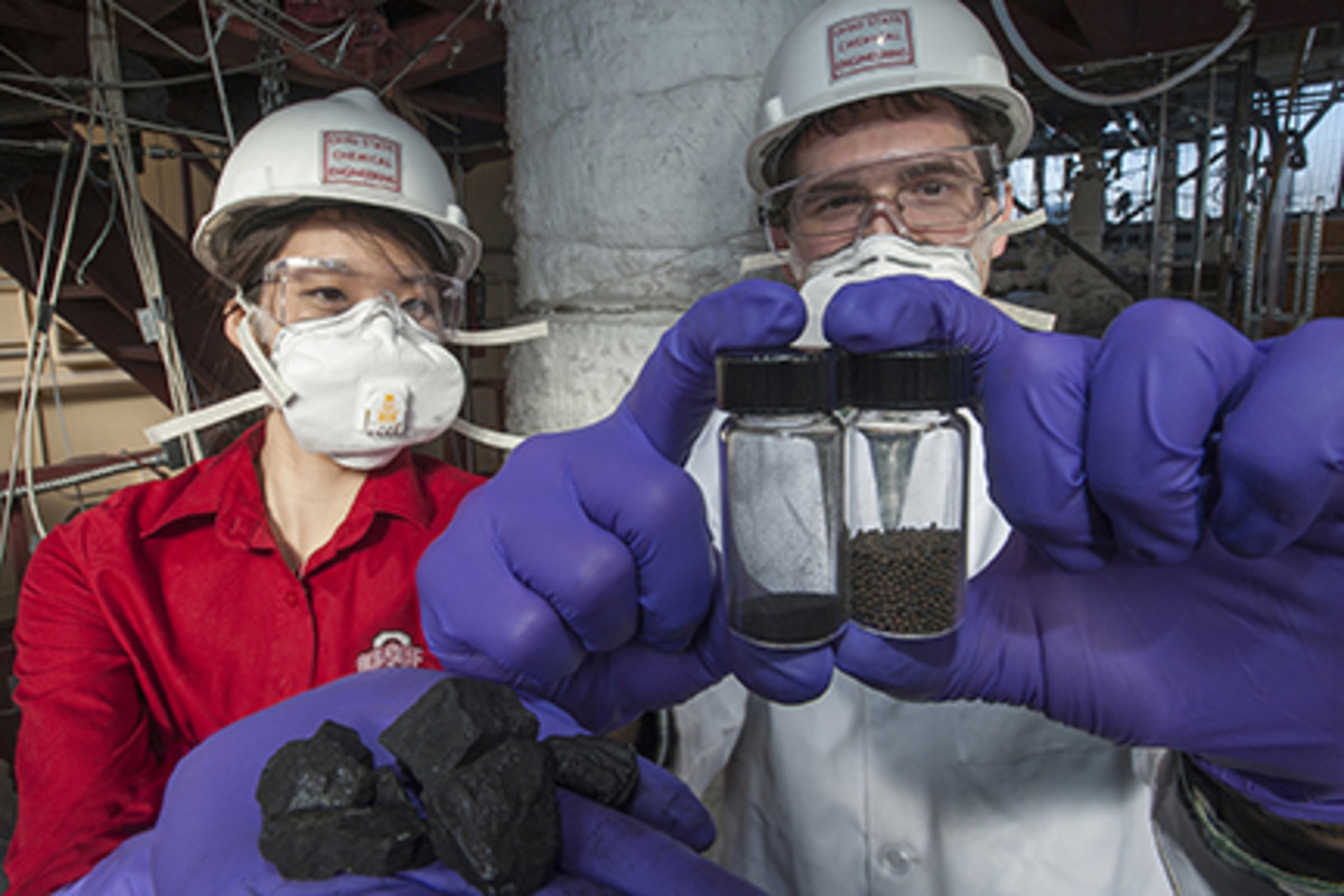In How Many Ways Might Your Kitchen Cupboards Affect Your Health? Study Aims to Find Out

COLUMBUS, Ohio – In this age of convenience, of making every task as short and as easy as possible, could we be setting up home environments that harm our health?
In a new Ohio State University study, researchers will learn more about the home-health relationship by personally examining 100 central Ohio residences and, in particular, food choices and food availability in those dwellings. In a rare twist, the scientists will even assess the architectural features associated with food – how and where it’s stored, how easy it is to obtain and where it is typically consumed.
“We’re really trying to create a picture of what that home environment is in relation to food,” said Charles Emery, professor of psychology at Ohio State and principal investigator on the study.
“There have been a number of studies that have looked at the more cognitive aspects of food choices and eating. But no one to date has looked closely at the home environment that people create for themselves and how that may be related to food availability and food choices.”
 Charles Emery
Charles Emery
The researchers predict that they will see arrangements across the spectrum in terms of the way food storage and consumption is set up that could relate to differences in health status or socioeconomic variations, or both.
“For example, the environment may be more compact in homes where people are making less healthy choices. And part of that is reinforced by our society. We’re always being told to find the easiest and quickest way to do something and yet in terms of our health and well-being, that may not always be the best route to take,” Emery said.
Emery will conduct the research with Jack Nasar, professor of city and regional planning, and dietitian Diane Habash, a bionutrition clinical research manager in the Center for Clinical and Translational Science. The study is funded with a $25,000 grant from Ohio State’s Food Innovation Center awarded to Emery, Nasar, Habash and Emery’s doctoral student, KayLoni Olson.
The research group has just begun recruiting participants for the study.
“We’re looking for a full range of people in terms of dietary consumption, physical activity, weight and well-being,” said Emery, also a professor of internal medicine and an investigator in Ohio State’s Institute for Behavioral Medicine Research.
Participants will be involved in the study for a total of two weeks. During a 2 ½-hour home visit, researchers will interview participants about their food choices and physical activity, conduct health screenings that include a finger stick for cholesterol and blood sugar measures, and take distance measurements and photographs of food storage areas in the home. For the following two weeks, participants will be asked to keep receipts of all food purchases and turn those over for the study, as well as report their physical activity.
“No one to date has looked closely at the home environment that people create for themselves and how that may be related to food availability and food choices.”
“I’m also interested in relating all of this to psychological factors,” Emery noted. Participants will be asked to complete questionnaires that assess stress and distress, depression, anxiety, quality of life and social support.
“We want to be able to look at the degree to which stress may be a factor influencing people’s food choices or influencing their health outcomes related to food,” he explained.
Nasar has previously studied the influence of physical surroundings on well-being, and published a paper in 2011 in which he found that people may judge the quality and qualifications of psychotherapists simply by what their offices look like.
Emery said Nasar’s perspective has aided development of the home assessments for the study.
“We’ll look not just at distances from one place to another but also architectural features that may influence a person’s perspective on distance. The number of doorways and steps may be influential in the way people perceive and use their home space,” Emery said.
Participants will receive a report summarizing their health assessments and how their health compares to average values.
The study title is Cholesterol, Health, Eating, Food and Stress, or “CHEFS at Home.”
For more information or to volunteer for the study, call Victoria Lee at the Cardiopulmonary Behavioral Medicine Laboratory at (614) 688-3895 or send email to stressstudies@osu.edu.
#
Media contact: Charles Emery, (614) 688-3061; Emery.33@osu.edu
Written by Emily Caldwell, (614) 292-8310; Caldwell.151@osu.edu

